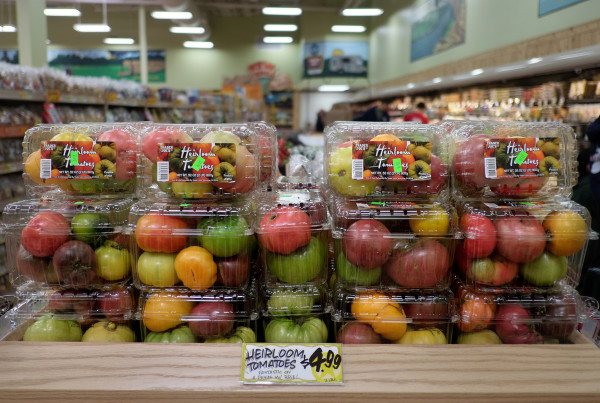Despite common misconceptions, people today are reading more than ever. According to one report, the amount of people that read tripled from 1980 to 2000, and that number is likely rising with the introduction of devices like the iPad, Kindle and other tablets.
But the closure of bookstores across the country do reflect on a larger phenomenon: people are reading less on paper and more on screens. Many researchers say this new trend encourages a particular style of reading, called “nonlinear reading,” where people basically skim the content.
Deep reading – that immersive, plunging into a story kind of reading – may be dying off. Or so says Andrew Dillon, professor at UT Austin’s School of Information, who studies the science behind how reading on screens has changed the way we absorb information.
“Where once we were engaged with full multi-paged documents, we’re now increasingly occupied and spending time with short-form, few paragraph-long articles from which we flip from one to the other very, very quickly,” he says.
Those who advocate for more deep reading may have a reason to other than nostalgic interests. To fully comprehend material, Dillon says, readers must immerse themselves in it and give themselves time to process it. That often requires lengthy engagement – something millennials brush off with the acronym TL;DR (too long; didn’t read) and a quick summary of the document – but it’s what’s needed from our minds to really process the information. Like with most new things, however, reading on screens does have its benefits.
“All new technologies come with a certain element of doom-gloom and the end of civilization associated with it,” Dillon admits. “There are many wonders of the digital environment, not least the ability to retrieve and locate and target specific information at a speed which would be just incalculable if you were to do it on paper.”
But, he adds, that comes at a cost: lack of deep, immersive, fully-engaged experience with a document. The effects of which are seen when people who spend most of their time reading digitally have a hard time shifting to a more immersive paper experience.
“I think there’s a more subtle danger,” Dillon says. “The information that we share and create with each other tends now to be … shaped by and for the digital media.”
An example he gives is the pressure on journalists to publish breaking news as quickly as possible. The problem with that, he says, is that the topics covered by journalists and the like are complicated and require discourse, but tend to get shaped by the technology more than the quality of the content.
When it comes to retaining information, the device we use to read and absorb the material can matter, whether it’s a screen or a paper book.
“The claims [that] come in from the advocates are that this new technology will greatly enable comprehension … [but] we have not seen those,’” Dillon says. “In fact, what we often find is that there’s a slight comprehension loss in the digital situation.”















